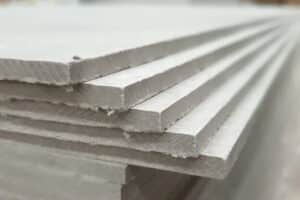
Israel’s Demand for High Performance Silica Fume Continues to Grow
Meeting Israel’s Urgent Infrastructure Needs with Silica Fume As tensions in the Middle East continue to escalate, Israel’s infrastructure sector faces both unprecedented challenges and









